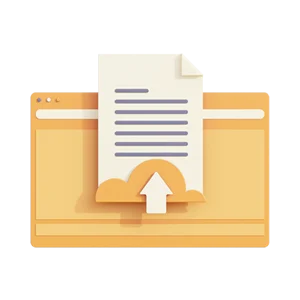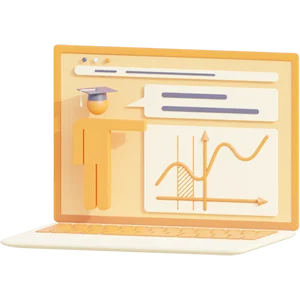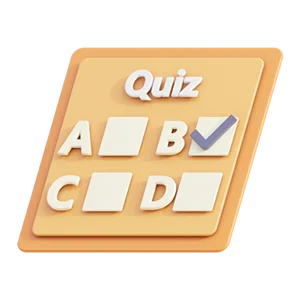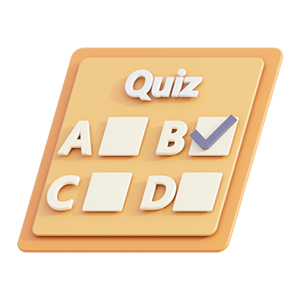Language Optimization: Summary English Sentence Analysis, ISBN: 9789027225665
A summary of the book English Sentence Analysis 'An Introductory Course'. Chapter 1 up to and including chapter 7 are summarized. Extra: with some Dutch translations of a few words and an extra overview of all concepts.
Preview samenvatting (2 van de 11 pagina's)
Voordelen van Knoowy
€ 3,49
 Niet tevreden? Geld terug
Niet tevreden? Geld terug
 Document direct te downloaden
Document direct te downloaden
 € 0,50 korting bij betalen met saldo
€ 0,50 korting bij betalen met saldo
-
 Ontvang gratis oefenvragen bij document
Ontvang gratis oefenvragen bij document

Specificaties
- School: Rijksuniversiteit Groningen
- Opleiding: Communicatie en Informatiewetenschappen
- Vaknaam: Language Optimization/Taaloptimalisatie
- Alle documenten voor dit vak ›
- Vakcode: LCX024P05
- Studiejaar: 2020/2021
Boek
- Naam boek: English sentence analysis
- ISBN: 9789027225665
- Hoofdstukken: 1 t/m 7
- Auteur: Marjolijn Verspoor, Kim Sauter
Document
- Rubriek: Samenvattingen
- Gemaakt op: 24-01-2021
- Type: .pdf
- Pagina's: 11
- Taal: English
Tags
Verkoper
Op mijn profiel vind je allerlei samenvattingen en aantekeningen die ik maak voor mijn studie Communication and Information Studies en die jou zeker zullen helpen bij het studeren!
Deze studie volg ik aan de Rijksuniversiteit Groningen. Vakken gericht op o.a. communicatie, taalkunde en academische vaardigheden komen aan bod. De documenten zijn natuurlijk ook te gebruiken voor andere studies.
Verdienen aan je samenvattingen?
Vakken van Communicatie en Informatiewetenschappen - Rijksuniversiteit Groningen
Meer Communicatie en Informatiewetenschappen ›academic skills 2 conversation analysis conversation analysis 1 conversation analysis i digital communication inleiding communicatieonderzoek intercultural communication language optimization language optimization/taaloptimalisatie methodologie methodologie ciw methodology for cis: qualitative methods mjc ii multimodal communication persuasive communication pragmatics pragmatiek social media taalkunde
Al meer dan 146.000 tevreden studenten
-
latijn
Knoowy is een aanrader. Professionele site met een goede structuur. Mede daardoor zeer gebruiksvriendelijk.
-
Nielsjong
Fijn dat er zo’n website bestaat. Ik gebruik Knoowy voor mijn zelfstudie.
-
eadvocaat
Snel en efficiënt, makkelijk zoeken en vinden van wat je nodig hebt.
-
Ninevm
Aanrader, goedkoop en goede samenvattingen. Makkelijk alles op te zoeken en zo de juiste samenvatting gevonden.
-
claudia84
Handig hulpmiddel voor als je even niet weet hoe je met een paper kan gaan beginnen.
-
Vincent
Tijdens mijn studietijd heeft Knoowy altijd goed geholpen om extra steun te krijgen voor mijn opleiding. Nu help ik andere studenten.
-
Rozel2
De samenvattingen zijn zeer leerzaam tijdens leren van je tentamen.
-
Sannehul
Helemaal top! Makkelijke service en duidelijke omschrijvingen bij de documenten.
 Actie: ontvang 10% korting bij aankoop van 3 of meer items!
Actie: ontvang 10% korting bij aankoop van 3 of meer items!
Actie: ontvang 10% korting bij aankoop van 3 of meer items!








